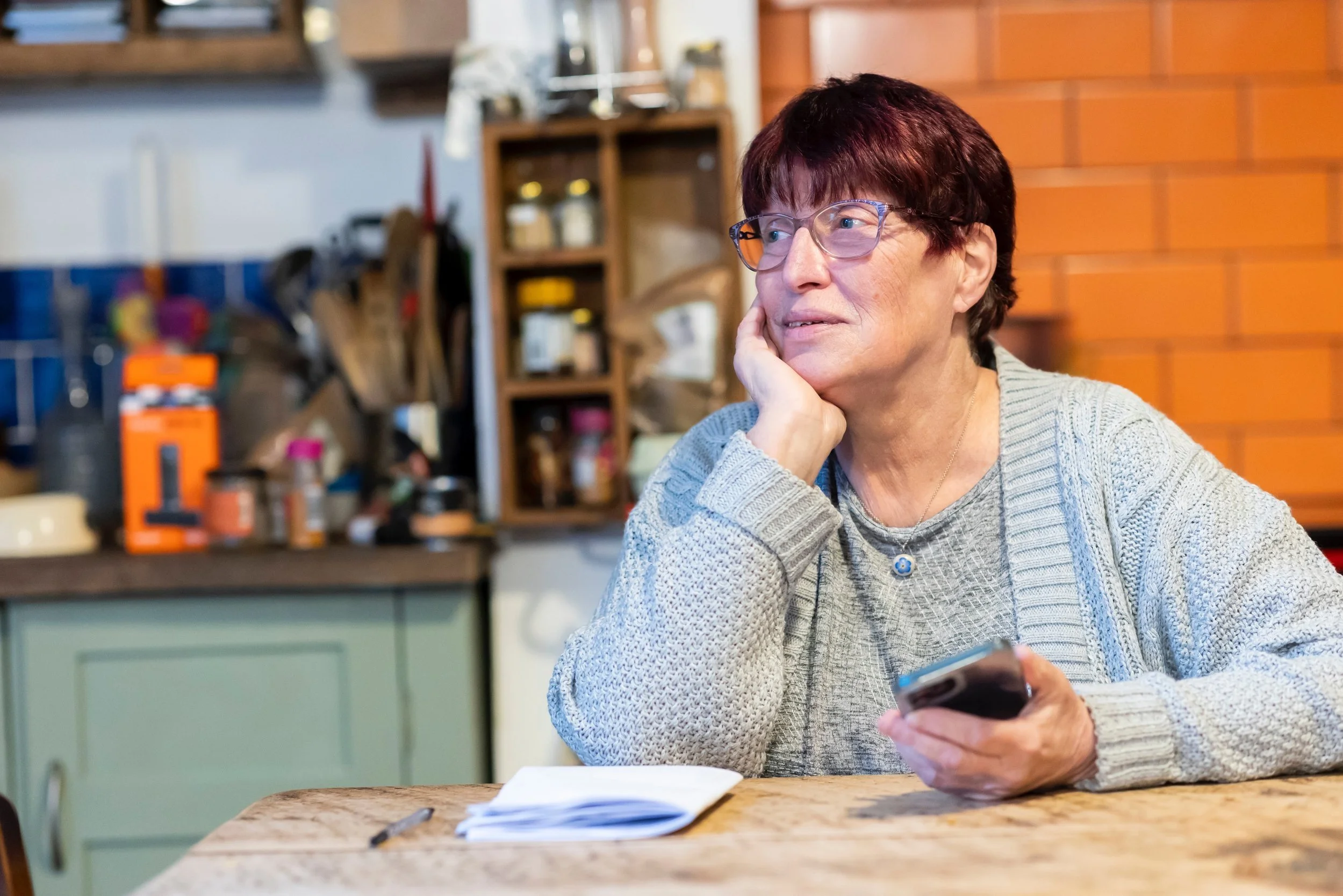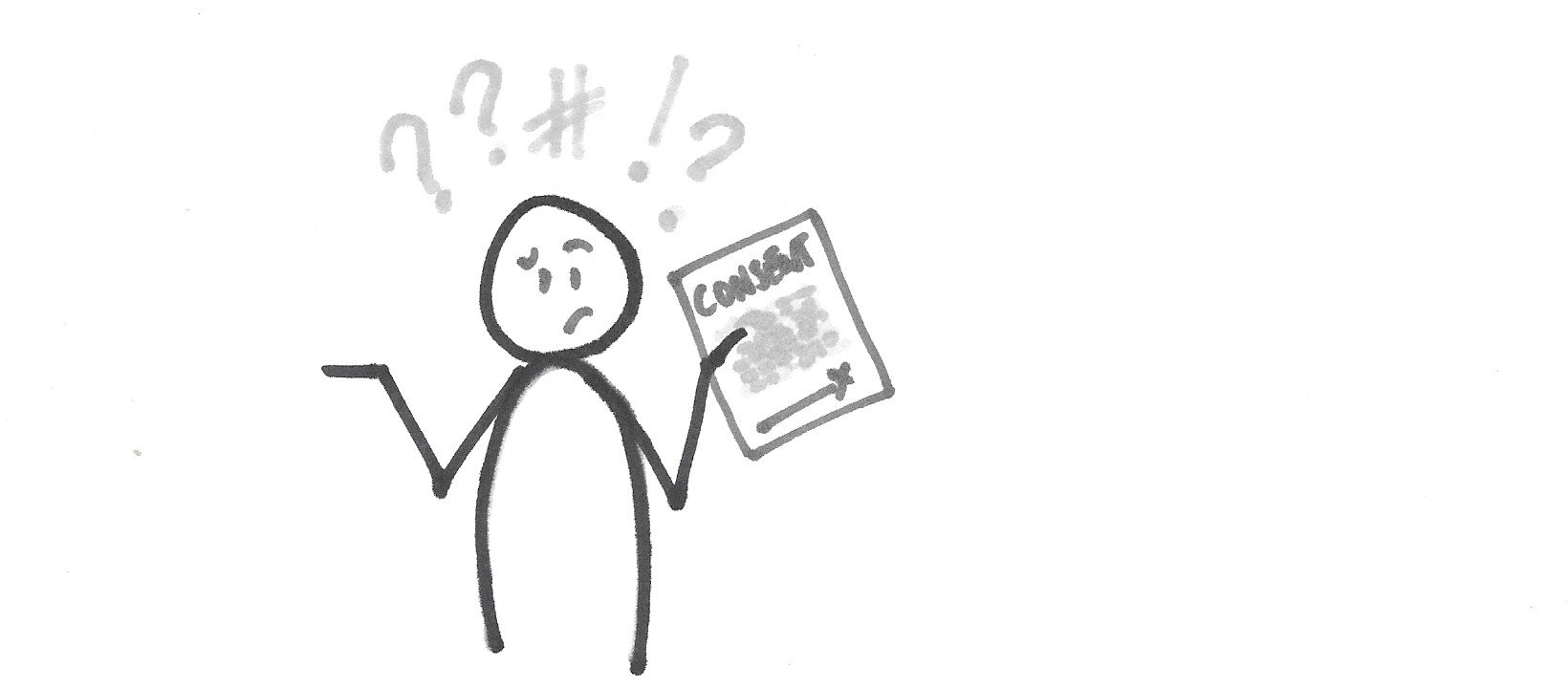
How a participant dashboard can help before, during and after your research
It seems the biggest challenge at the start of every research project is finding the right people to take part and help you answer the research question you've been posed.
Sadly this article isn't going to help you with that recruitment challenge but will show you how using a participant dashboard to keep a summary of who you've approached, recruited and who has taken part will help you deliver more robust research, engage your team and create more impactful insights.

Hey researcher! Designing for everyone starts with you!
A recent post on Linked in from David Hamill asked when was the last time you did research without using a stimulus? I paused and had a think. I realised it’s been a while because my recent projects have all been against the clock to get something released before (here’s some of the reasons):

Help! I'm drowning in findings!
One of my fellow researchers wanted help with a recent project. They were running usability sessions to test out prototype designs that were a result of an earlier discovery research phase. So they were focused on design testing, but in the analysis they realised they were learning more about their user needs and their situations. In fact there was so much new information that they were feeling overwhelmed…

Introducing the session to the participant – getting their informed consent
When we hear the words “informed consent”, we think about it as a noun, the document that is at the start of each research session to get the participant’s signature to go ahead. In this article I’d like to talk about “informed consent” as the verb, the active process of getting consent which is more than the signing of a piece of paper.